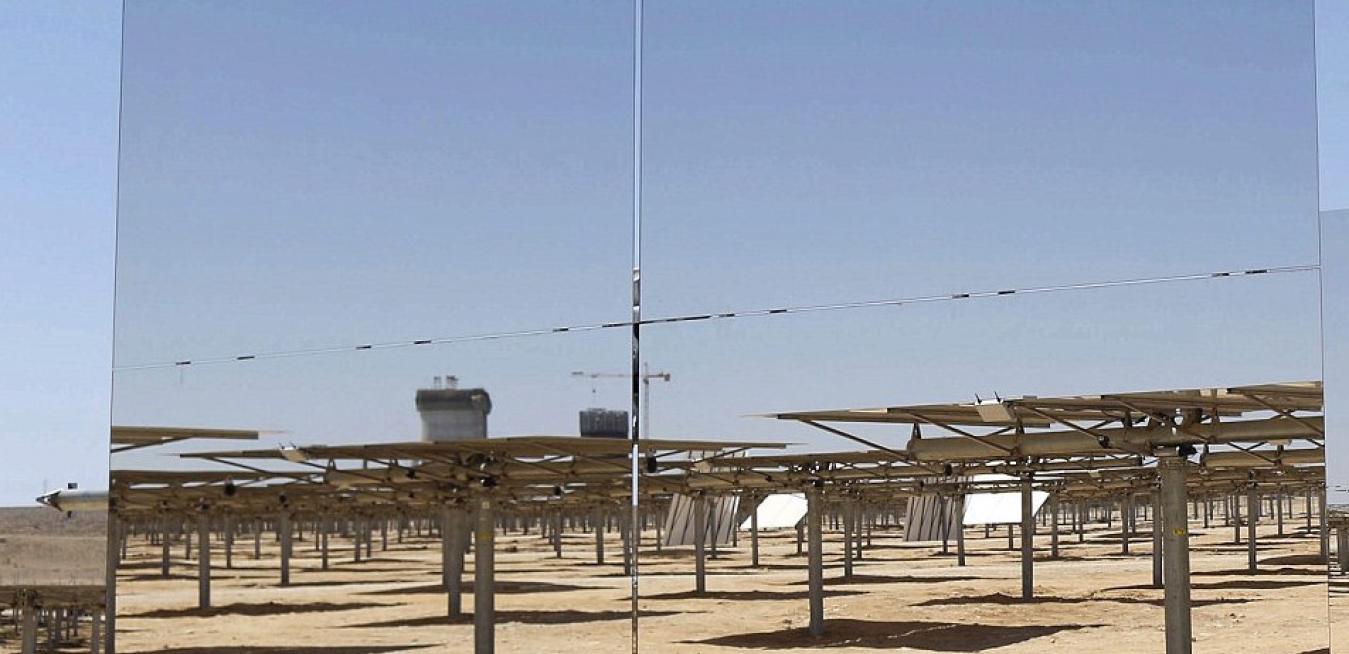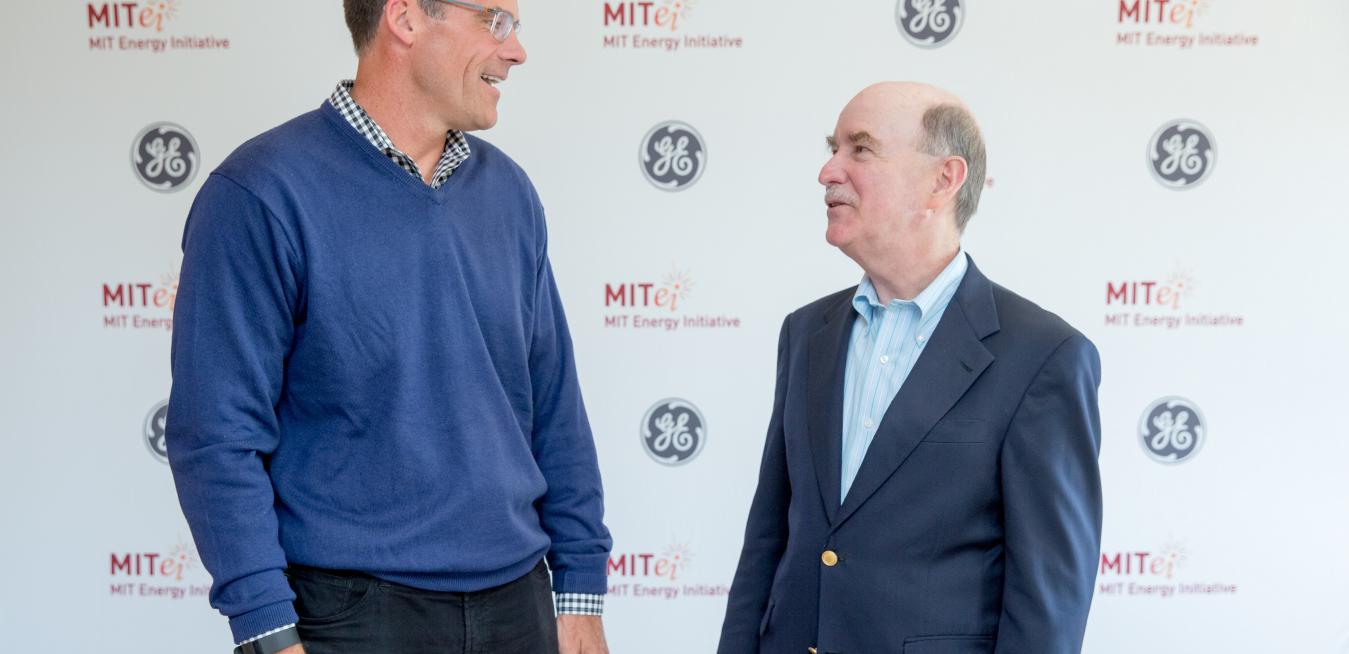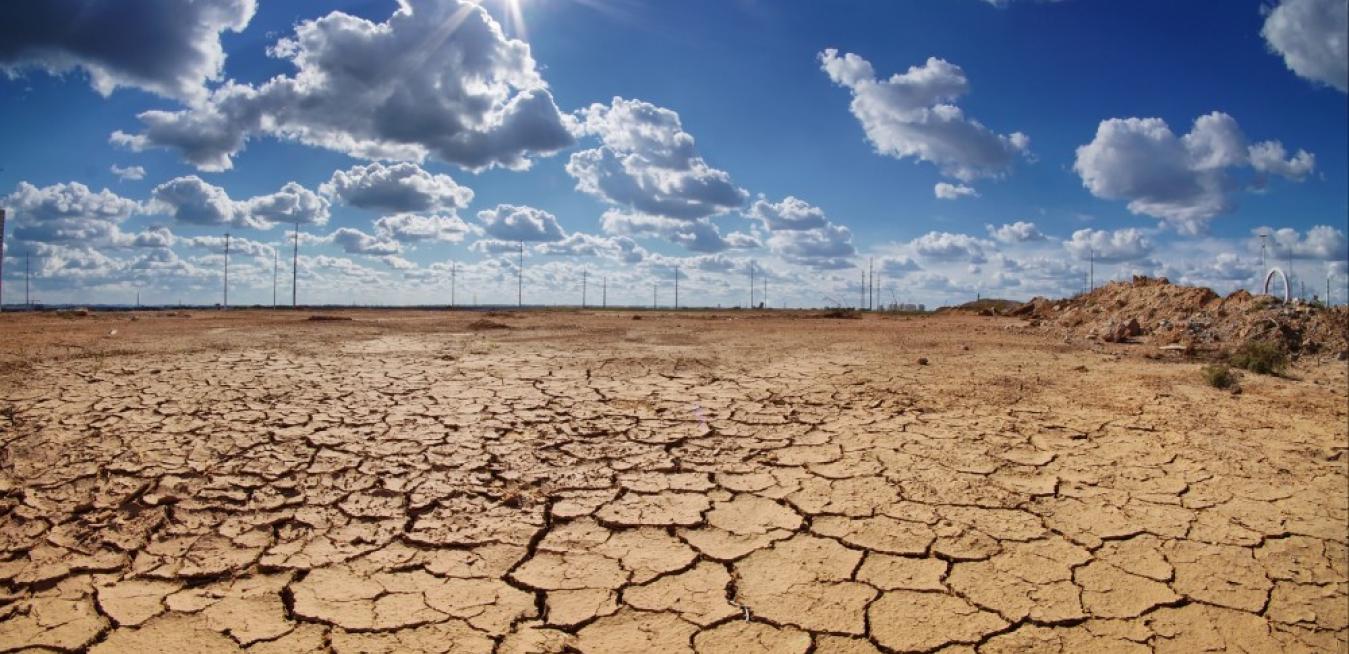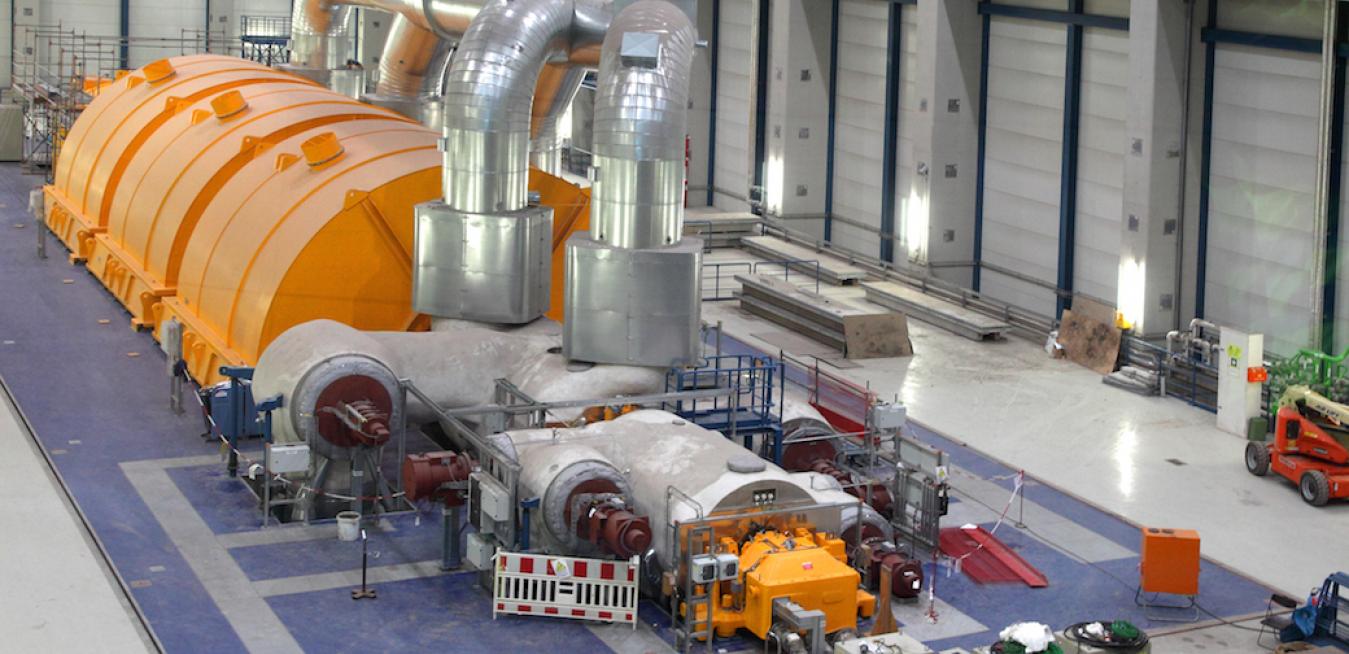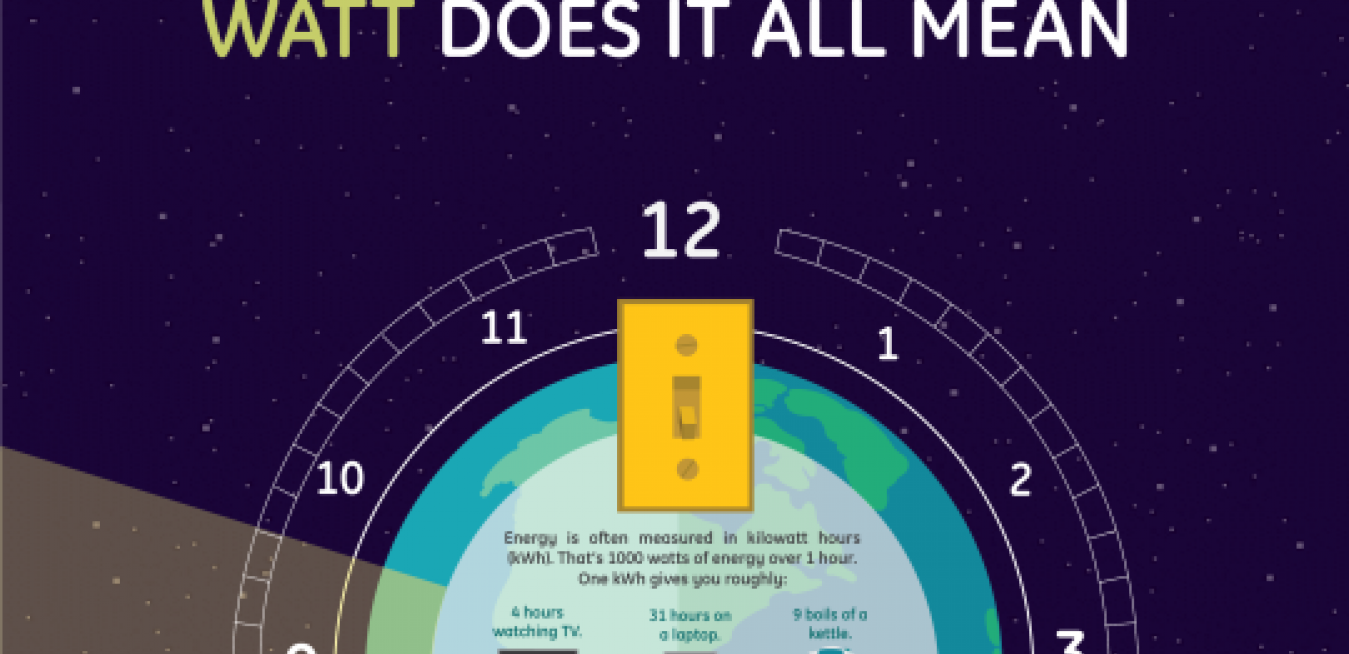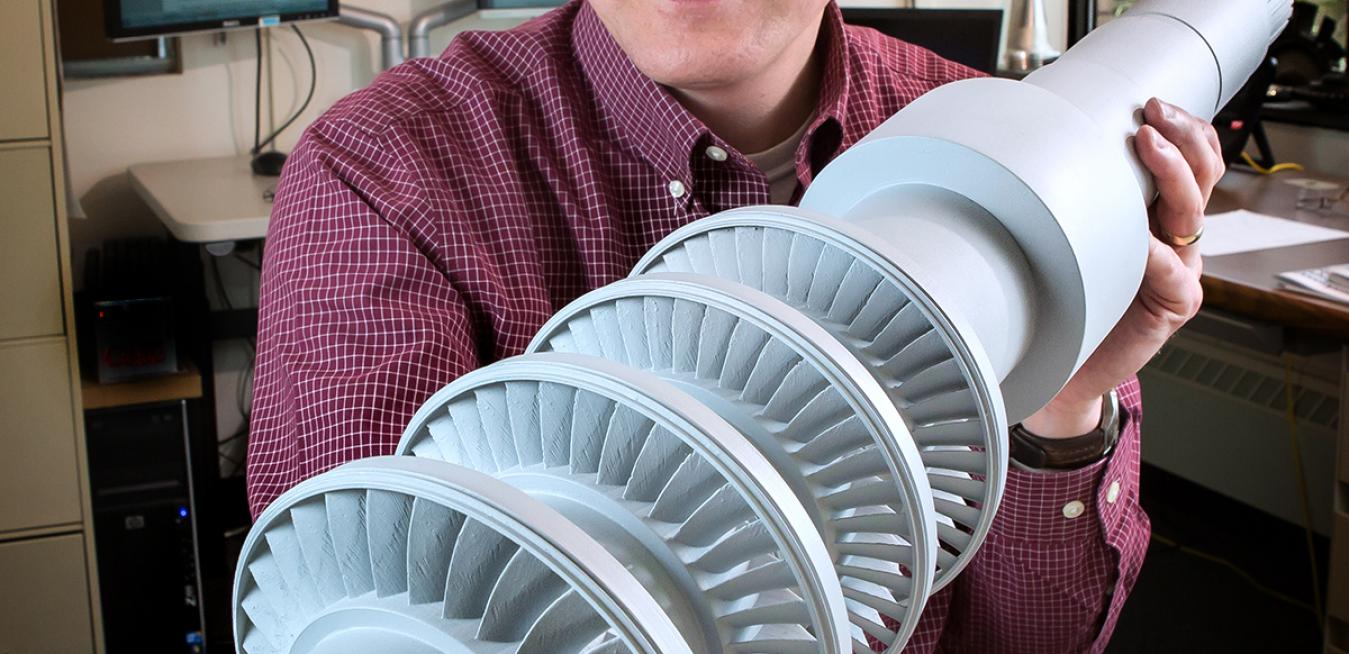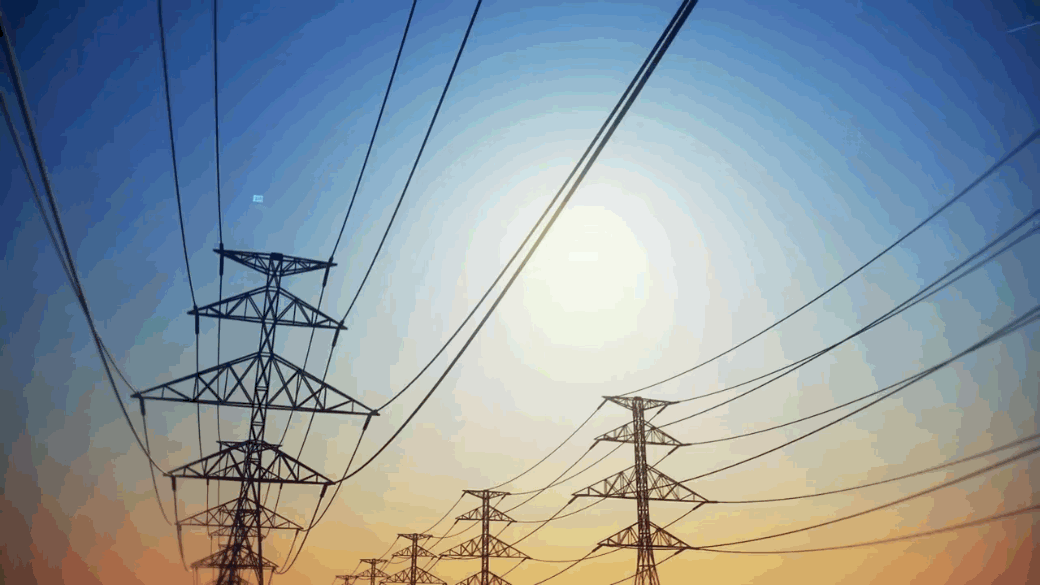Peter LaPuma, professor of environmental and occupational health at George Washington University, sits down with GE Reports to discuss society’s “inevitable transition to cleaner energy sources,” and what’s missing from the climate change debate.
- You focus a lot on climate change in your work. Where are you seeing the most progress?
The aviation industry is undertaking a broad set of actions to curtail carbon emissions, says the head of the Aerospace Industries Association. Technology and operations advances, certification standards, biofuels and market-based measures will work in concert to achieve carbon-neutral growth starting in 2020.
Earth Hour 2015 saw almost 10,000 iconic monuments falling to darkness and over 70,000 events held around the world. This year’s Earth Hour aims to be bigger still.
Though small in stature, the turbine in the photos could contribute to solving some of the world’s biggest energy challenges, not to mention powering an entire town, says Doug Hofer, a steam turbine specialist at GE Global Research.
Study: Health Savings Offset Clean-Energy Costs in Spades
From advances in renewables to data-driven efficiencies and empowered consumers, 2016 offers the opportunity to shape the future of energy.
In my view, 2016 will prove to be a watershed year when it comes to sustainable energy. Years from now, we'll look back and realize that a variety of technological, design and demographic trends drove the power sector forward, accelerated by one key event — the Paris climate accord.
